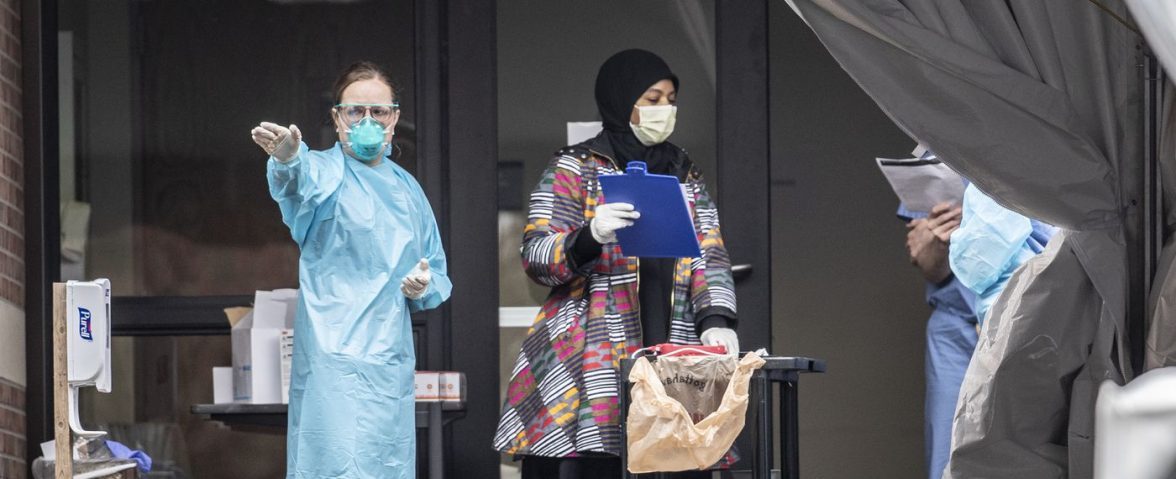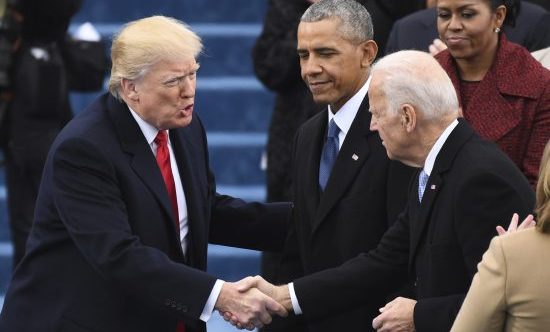Given the limited resources of the state, officials are inevitably forced to introduce a means of measuring the value of human life, with which they may assess the correctness of decisions on the spending of funds provided by taxpayers.
The disputes that are taking place today about when and in what order restrictive regimes are to be lifted have turned the spotlight on the confrontation between the two public policy strategies being used to address the coronavirus epidemic. A colourful illustration of this process was the correspondence between US President Donald Trump and New York Governor Andrew Cuomo. Trump said of the pandemic that the “treatment should not be worse than the problem”, to which Cuomo replied: “If it’s public health versus the economy, the only choice is public health. You cannot put a value on human life.”
While the governor of New York’s words may have been beautiful and politically correct, they also contradicted reality. Given the limited resources of the state, officials are inevitably forced to introduce a means of measuring the value of human life, with which they may assess the correctness of decisions on the spending of funds provided by taxpayers.
Two approaches to the development of such a scale are widely used. The first – “value of a statistical life” (VSL) – is usually used to determine the level of necessary regulation, for example, in the field of ecology, food safety, or road traffic. The concept of VSL appeared more than half a century ago as part of the search for “moral” approaches to assess human life. Instead of simply hanging a price tag on people (for example, assessing a citizen’s contribution to the country’s GDP), it was suggested to study a person’s behaviour at the time of the choice: for example, for what kind of salary they are ready to expose themselves to mortal danger, or how much they are willing to pay for a smoke detector. So, if 5,000 workers agree to receive $2,000 more, despite this leading to the loss of one life, then the “cost of a statistical life” is $10 million. That is the average amount that a “statistical life” in the USA is estimated to be worth today.
A common criticism of VSL is that this method does not take into account the quality of the “acquired” life. This is exactly what the second approach is aimed at doing; it uses “quality-adjusted life years”, or QALY. 1 QALY is equal to one year, multiplied by the quality of life index (a scale of 1 to 0 is used, where 1 is an ideal state of health, and 0 is death). Authorities use QALY, for example, when deciding whether to fund medical research or to “approve” medical procedures for citizens who have state health insurance. The American Institute for Clinical and Economic Review, ICER, which analyses the effectiveness of healthcare, puts the economically viable cost of 1 QALY at $100-150 thousand. The British National Institute of Health and Care Excellence (NICE), which is developing guidelines for the national healthcare system in the UK, sets the top bar for reasonable costs at £38 thousand ($47.5 thousand) for 1 QALY.
Depending on whether we consider saved lives (even with an “age” discount) or saved years (also adjusted for their quality), estimates of the economic efficiency of the policy of severe restrictions in a pandemic situation vary greatly. Therefore, it is not surprising that researchers using VSL (for example, Luigi Zingales, a professor at the University of Chicago) have come to the conclusion that in order to save lives, governments should be ready to stop the economy for three years, while analysts operating with QALY (for example, Paul Frijters, a professor at the London School of Economics) have concluded that “diverting the train to save John costs a whole village.”
Neither set of calculations is indisputable, but perhaps the most interesting question is why the use of VSL has become the mainstream today, while the QALY-based methodology, which is equally widespread in “non-coronary” times, is denounced as unethical and discriminatory. Illustrative in this regard are the words of Jill Leng, the head of NICE, who, answering the question of why the Institute did not evaluate the cost-effectiveness of measures taken by the British government, said: “We were told that the price does not matter.”
The answer may lie in the different contexts in which each of these methods is used. VSL is used to make decisions on new regulation when, during a public discussion (such as a parliamentary debate), each individual agrees to pay a small amount to reduce the collective chance of harm to health. This is not so much about the distribution of available resources, but about the willingness to pay more for greater security. QALY occurs in situations that are usually non-public, when a certain impersonal institution solves a problem where limited resources must be spent rationally. In this case, in the second situation, the individual is as distant from the decision-making process as possible, which allows for the factor of “morality” to be set aside.
This dichotomy is typified by the behaviour of the Governor of New York. While the state’s generalised system of free medical insurance for retirees in the state uses the QALY methodology to determine the fair price of medicine, Cuomo himself urges Trump “not to put price tags on human life” when deciding on the allocation of additional funds from the federal budget.
The peculiarity of the current situation is that the introduction of restrictive measures is implicitly “regulatory” in nature. However, the accompanying widespread deterioration of the economy actualises the problem of limited funds. Today, we are all ready to “pay more” to increase the collective level of security and save lives. Tomorrow, if the state does not continue to operate under the assumption that resources are limitless (for example, what the policy of the Fed over the last weeks is aimed at), the most affected ones will begin to recognise themselves as “suppliers” of security, and make their choices rationally, giving preference to those who have more quality years to live.
Original publication valdaiclub.com












